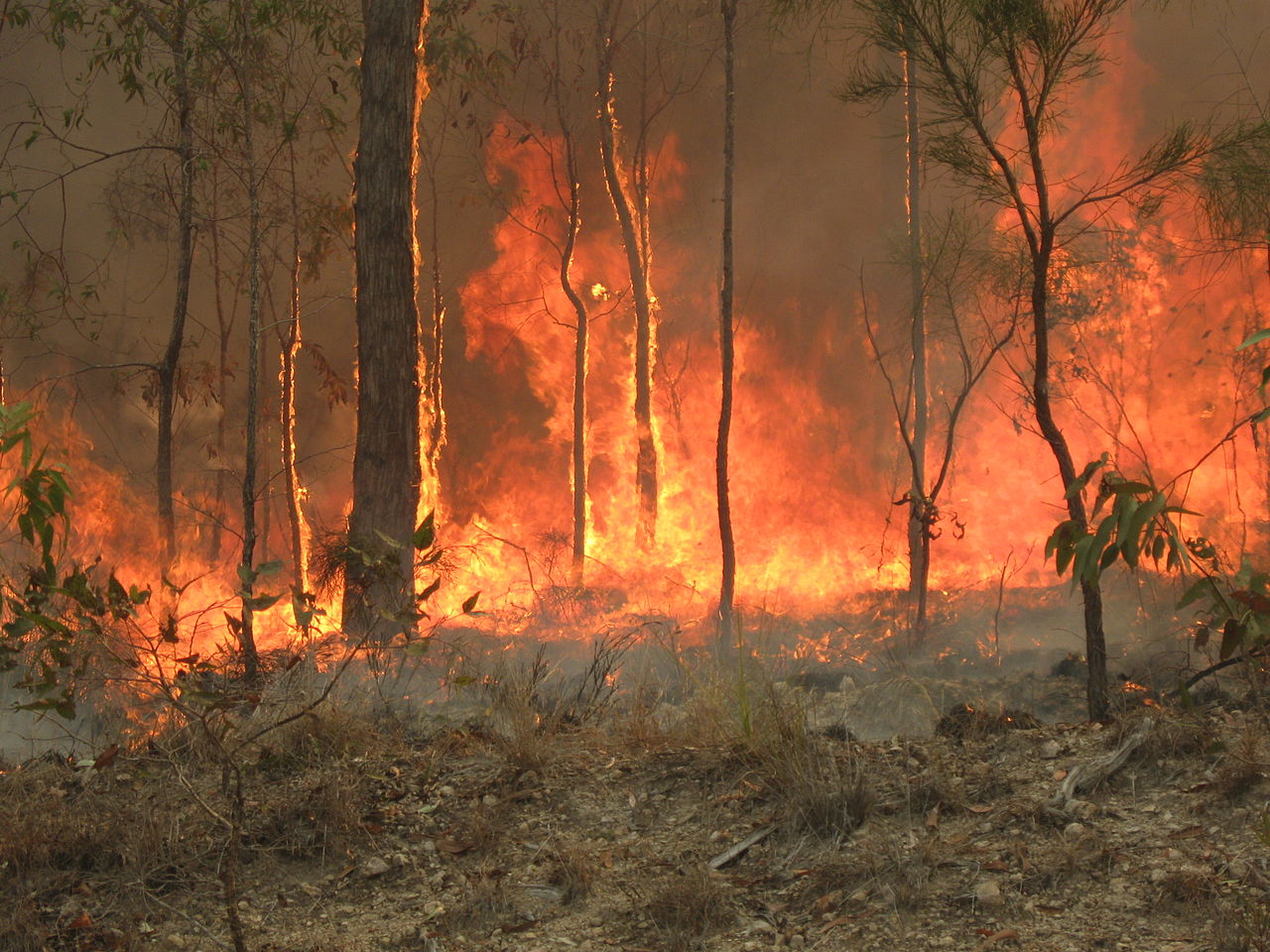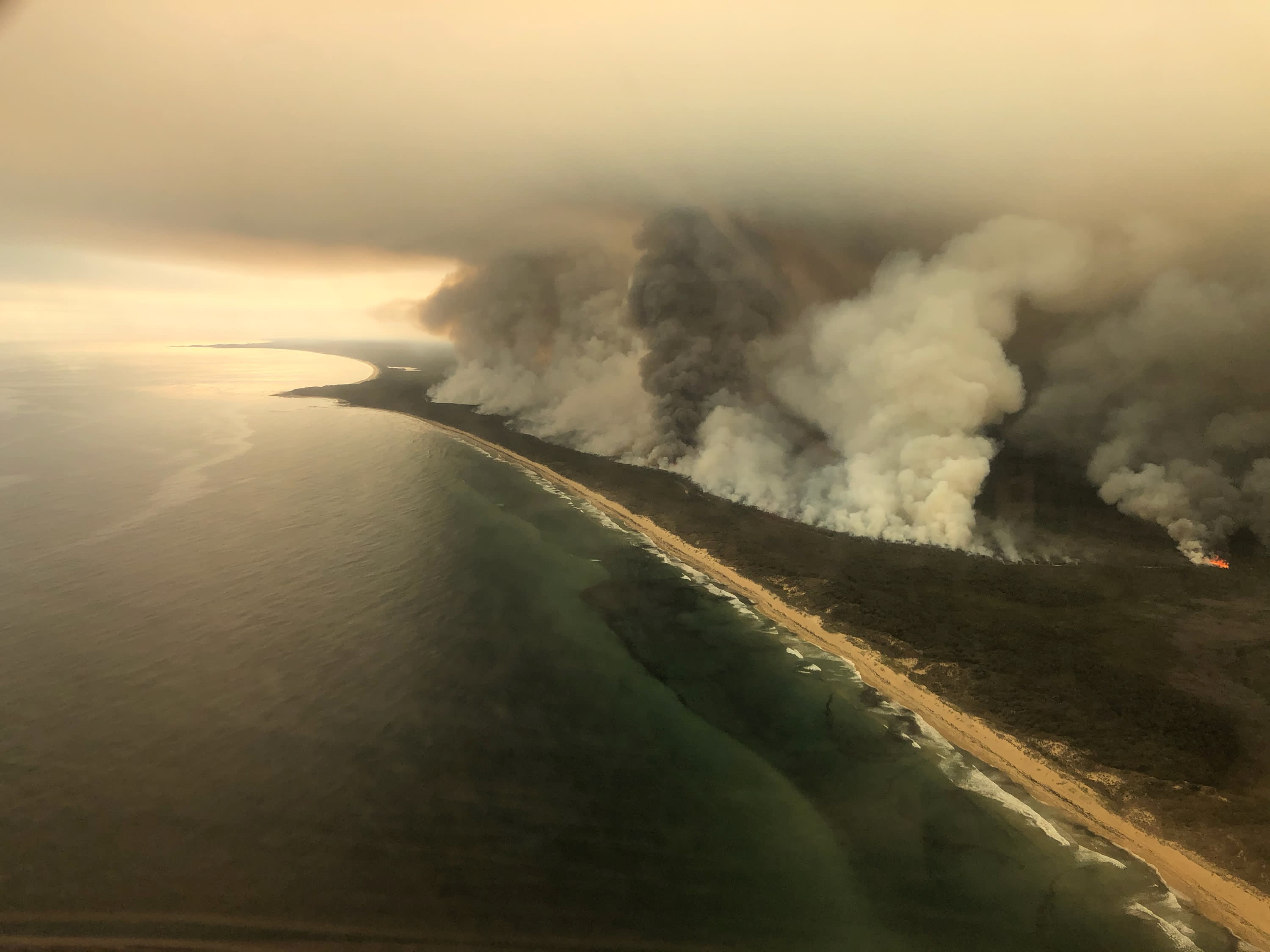Revealing the Risks: Why Every Property Owner Needs a Bushfire Risk Assessment
Revealing the Risks: Why Every Property Owner Needs a Bushfire Risk Assessment
Blog Article
Important Tips for Bushfire Management to Make Sure Fire Security

Recognizing Bushfire Danger Levels
Comprehending the varying degrees of bushfire risk is important for effective preparation and preparation in mitigating potential hazards to residential or commercial properties and lives. Bushfire threat levels are commonly categorized based upon aspects such as weather condition conditions, gas accessibility, topography, and historic fire habits. By comprehending these risk degrees, people and communities can proactively implement methods to reduce vulnerability and improve durability in the face of prospective bushfire events.
The very first level of bushfire danger is reduced threat, where the possibility of a bushfire taking place and creating significant damage is very little. This level typically takes place throughout durations of reduced temperatures, moderate moisture, and minimal wind rates. Modest threat degrees indicate an enhanced capacity for bushfires due to rising climate condition or fuel accessibility. Risky degrees indicate a significant threat, with conditions for fast fire spread and extreme fire habits. Severe threat levels are one of the most important, posturing brewing risk to buildings and lives due to serious weather problems and extremely combustible gas.
Comprehending these bushfire risk levels enables stakeholders to tailor their readiness and feedback actions accordingly, ensuring a positive and reliable strategy to bushfire administration.
Developing a Defensible Room
Reliable bushfire monitoring starts with establishing a defensible room around buildings to boost security against possible fire threats. A defensible area is a buffer area that creates an obstacle in between a framework and the bordering flammable greenery. This room works as a vital line of protection, offering firefighters a safe location to run and assisting to lower the threat of a fire spreading to the home.
When establishing a defensible space, it is necessary to think about the design of the property and the surrounding landscape. Cleaning plants, especially highly flammable plants, within a certain radius of the residential property can assist stop the quick spread of fires. Furthermore, keeping a well-irrigated zone around the residential property can further enhance its defensibility.
Routine upkeep of the defensible room is vital to guarantee its effectiveness. This consists of trimming overhanging branches, clearing dead greenery, and keeping the area complimentary of particles. By spending time and initiative into creating and maintaining a defensible area, homeowner can dramatically enhance their possibilities of protecting their homes and assets throughout a bushfire.
Executing Fireproof Landscaping
When making landscapes to reduce the risk of bushfires, integrating fireproof components is important for enhancing building defense and lowering fire hazards. Select plants with high wetness content, low oil web content, and marginal dead plants to decrease the continue reading this risk of fire spread.

Developing an Emergency Situation Discharge Strategy
Establishing a thorough emergency emptying plan is crucial for making certain the security and well-being of people throughout potential bushfire occurrences (BAL Report). A reliable discharge plan must lay out clear treatments to follow in case of a bushfire hazard, consisting of designated emptying paths, setting up factors, and communication protocols
To begin producing an emergency situation emptying strategy, it is necessary to examine the specific dangers and susceptabilities of your area. Determine several evacuation courses that bring about secure areas far from the fire, taking into consideration elements such as surface, roadway ease of access, and possible dangers. Establish interaction channels to sharp citizens of an impending discharge, using methods such as alarms, text signals, or door-to-door notices.
On a regular basis evaluation and exercise the evacuation plan with all citizens or area members to make sure every person recognizes their obligations and duties. Conduct drills to test the efficiency of the strategy and make any type of necessary modifications. By having a well-prepared emptying plan in location, you can improve the opportunities of a orderly and risk-free discharge during a bushfire emergency.
Preserving Fire Security Equipment
After developing a comprehensive emergency situation emptying plan for bushfire cases, it is important to prioritize the routine try this site maintenance of fire security devices to make sure ideal capability and readiness. Routine maintenance of fire safety and security tools such as fire extinguishers, smoke alarm, emergency alarm, and lawn sprinkler is important in guarding lives and residential or commercial property during a bushfire. Conducting regular examinations, screening, and servicing of these tools by qualified professionals is necessary to ensure they remain in working order when needed.
Fire extinguishers must be checked regularly for pressure levels, noticeable damages, and proper capability. By carefully preserving fire security devices, individuals can improve their readiness and feedback capacities in the event of a bushfire.
Conclusion
Finally, effective bushfire management includes understanding threat levels, developing defensible rooms, executing fire-resistant landscaping, establishing emptying strategies, and maintaining fire safety and security equipment. By complying with these necessary tips, individuals can make certain far better fire defense and safety and security for their homes and communities. It is very important to focus on aggressive actions to minimize the threats related to bushfires and to be planned for emergency situations.
By recognizing the subtleties of bushfire threat degrees, creating defensible rooms, executing fire-resistant landscaping, creating comprehensive emptying plans, and making certain the upkeep of fire security equipment, individuals and communities can considerably strengthen their strength versus More Help the ravages of wildfires - BAL Assessment. These tips are not only critical for safeguarding versus prompt fire threats yet additionally for promoting long-lasting fire security techniques that can make a considerable distinction in the face of intensifying bushfire hazards
Risky degrees indicate a substantial risk, with problems helpful to quick fire spread and severe fire actions. Normal upkeep of fire safety and security tools such as fire extinguishers, smoke detectors, fire alarm systems, and sprinkler systems is critical in protecting lives and property during a bushfire.In final thought, effective bushfire monitoring entails understanding risk degrees, creating defensible areas, executing fireproof landscape design, creating emptying strategies, and keeping fire safety and security devices.
Report this page